When travelers dream of epic adventures, few places capture the imagination quite like Siberia. Spanning nearly two-thirds of Russia’s vast territory, this immense region stretches from the Ural Mountains in the west to the Pacific Ocean in the east, encompassing more than 10 time zones. While the name often conjures images of snowbound landscapes and extreme cold, Siberia is far more diverse than most people realize.
This is a land where ancient cultures, pristine wilderness, and dramatic seasons intertwine to create an unforgettable travel experience. Whether you arrive in the warm embrace of a short Siberian summer, when wildflowers carpet the valleys, or in the icy depths of winter, when the land transforms into a frozen wonderland, Siberia offers endless opportunities for exploration.
From riding the legendary Trans-Siberian Railway to camping beside turquoise alpine lakes, from kayaking on Lake Baikal to trekking the Altai Mountains, and from experiencing the midnight sun in the Arctic to watching the northern lights shimmer across the sky, Siberia is the ultimate destination for those who crave nature at its most raw and beautiful.
Lake Baikal: The Blue Jewel of Siberia
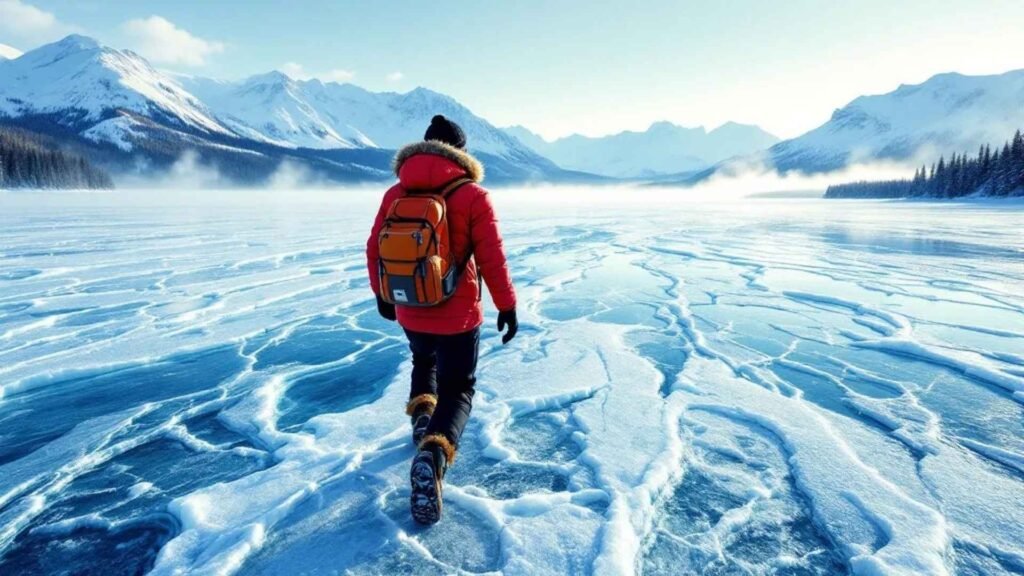
- Location: Irkutsk Oblast & Republic of Buryatia
- Highlight: The deepest, oldest, and cleanest freshwater lake on the planet
Lake Baikal is often called the “Pearl of Siberia” — and with good reason. This UNESCO World Heritage Site is a staggering 25 million years old and holds more water than all the Great Lakes of North America combined. Its unique ecosystem is home to hundreds of plant and animal species found nowhere else, including the Baikal seal.
In Summer, the shores are alive with hikers, campers, and cyclists following the Great Baikal Trail, while small fishing villages offer glimpses into traditional Siberian life. In Winter, the lake freezes into a sheet of crystal-clear ice, up to two meters thick, revealing mesmerizing bubbles, frozen fissures, and ice caves beneath.
Top Experiences:
- Strolling the lakeside promenade in Listvyanka and tasting freshly smoked Omul fish
- Visiting Olkhon Island, home to sacred Shaman Rock and dramatic cliffs
- Taking a hovercraft ride across the frozen lake in winter
- Kayaking, paddleboarding, or swimming in sheltered bays during summer
- Capturing surreal photographs of transparent ice formations in February and March
The Altai Mountains: Untamed Beauty at the Crossroads of Nations
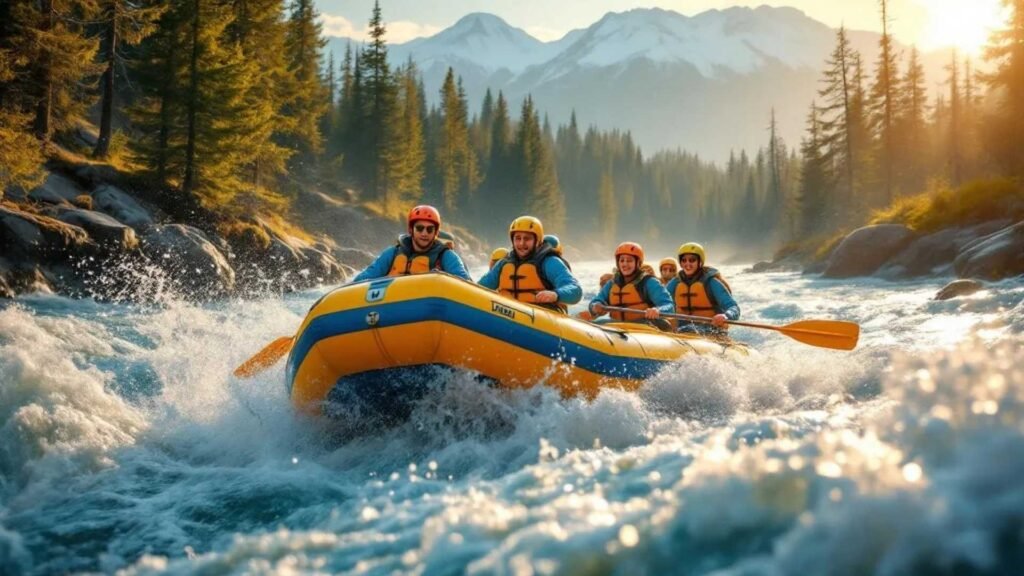
- Location: At the intersection of Russia, Kazakhstan, Mongolia, and China
- Highlight: A tapestry of alpine meadows, turquoise rivers, glacial lakes, and snow-capped peaks
The Altai region is an outdoor paradise for those seeking tranquility and adventure in equal measure. Designated a UNESCO Biosphere Reserve, it’s also a region steeped in nomadic traditions, shamanistic heritage, and folklore passed down for centuries. Travelers here are often struck by how untouched the landscape feels — vast valleys where the only sounds are rushing rivers and the distant call of eagles.
Top Experiences:
- Cruising on Lake Teletskoye, known as the “Golden Lake” for its shimmering waters
- Trekking to the Multa Lakes, a chain of alpine lakes surrounded by wildflowers in summer
- Rafting the Katun River, one of Russia’s best white-water destinations
- Staying in traditional yurts and sampling local dairy products and honey
- Visiting ancient petroglyph sites that reveal Altai’s deep history
Novosibirsk: The Beating Heart of Siberia
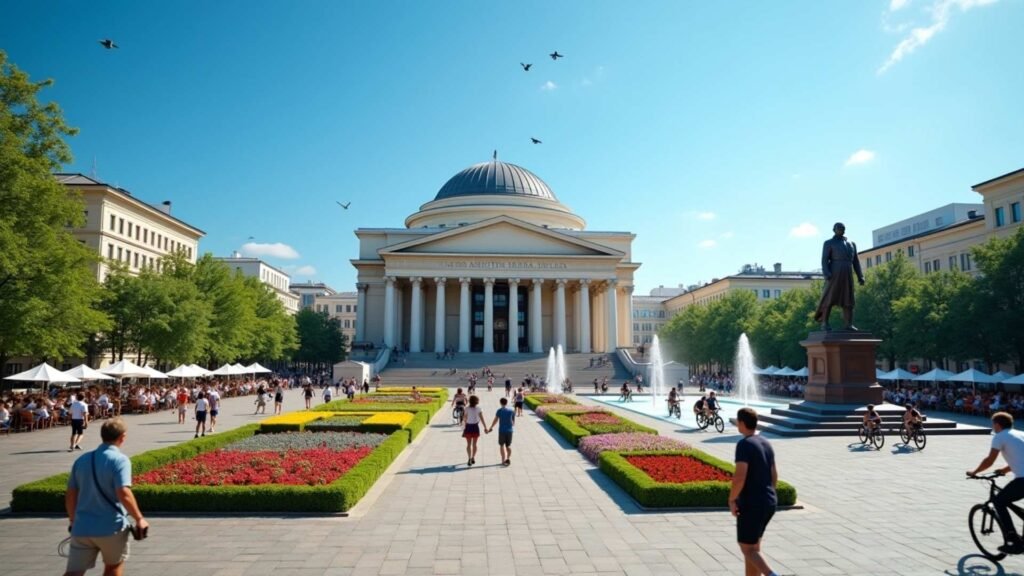
- Location: Western Siberia
- Highlight: A thriving cultural hub and a key stop along the Trans-Siberian Railway
Novosibirsk is Russia’s third-largest city, offering a unique blend of Soviet heritage, modern architecture, and vibrant urban life. Despite its size, it maintains a relaxed pace, with wide boulevards, leafy parks, and a lively café scene. For many travelers, it serves as a perfect starting point or rest stop on their journey deeper into Siberia.
Top Experiences:
- Touring the Trans-Siberian Railway Museum to learn about this epic 9,000+ km route
- Admiring the golden domes of Alexander Nevsky Cathedral
- Exploring Akademgorodok, the famous Soviet-era “science city” filled with research institutes and cultural venues
- Spending a summer afternoon along the sandy beaches of the Ob River
- Enjoying local performances at Russia’s largest opera and ballet theater
Yakutsk: The Coldest City on Earth
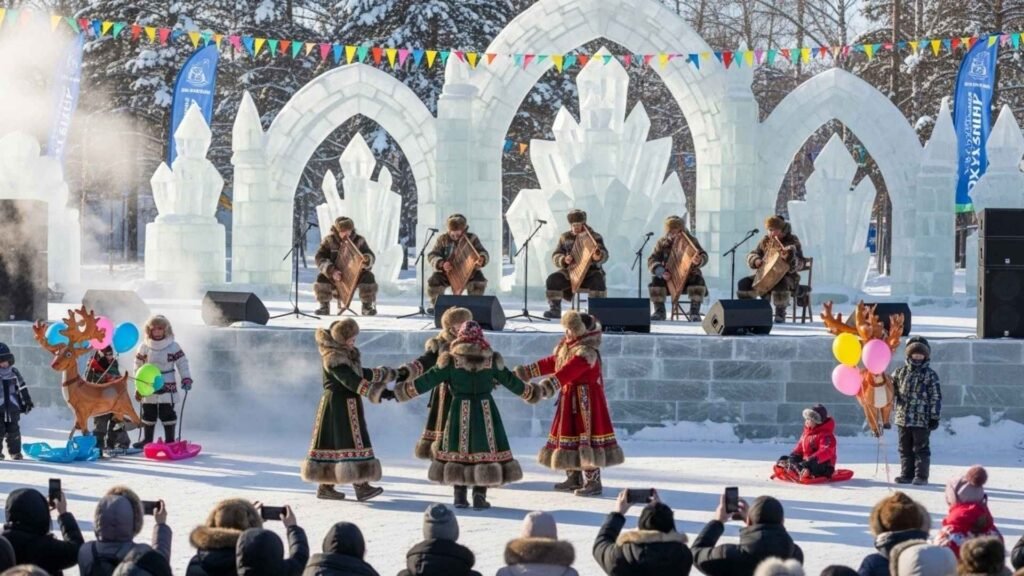
- Location: Republic of Sakha (Yakutia)
- Highlight: Extreme subarctic climate, indigenous cultures, and the Lena Pillars
Yakutsk is a destination for the truly adventurous. With winter temperatures plunging below -50°C, it offers a rare glimpse into human life in one of the coldest inhabited places on Earth. The surrounding wilderness is equally dramatic, especially the Lena Pillars Nature Park, where towering rock formations line the banks of the Lena River.
Top Experiences:
- Taking a summer boat cruise to the Lena Pillars, a UNESCO World Heritage Site
- Exploring the surreal underground chambers of the Permafrost Kingdom
- Attending the colorful Yakutsk Winter Festival, featuring ice sculpture contests and traditional music
- Learning about Yakut crafts, jewelry, and reindeer herding traditions
- Experiencing the long polar nights in winter and endless daylight in summer
Best Time to Visit Siberia
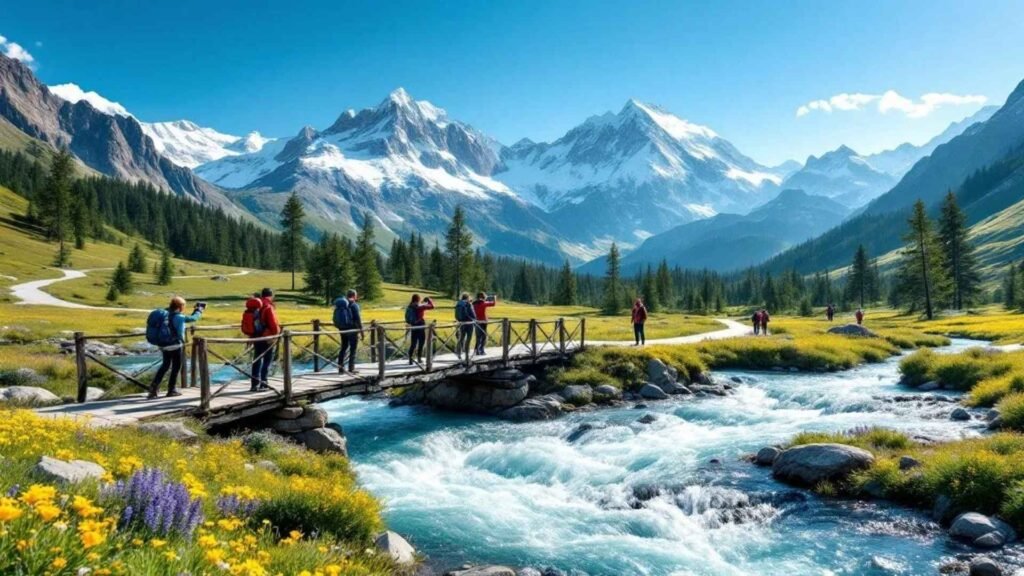
Summer (June – August)
The warmest and most popular season. Temperatures are pleasant, landscapes are green, and outdoor activities are at their best.
- What to Do: Hiking in the Altai Mountains, cruises on Lake Baikal, camping, kayaking, horseback riding, and local cultural festivals.
- Tip: This is peak season, so book transport and accommodation early.
Winter (December – March)
Siberia turns into a snowy wonderland with frozen lakes and magical northern lights. Temperatures can drop well below freezing, but the scenery is unforgettable.
- What to Do: Walking on frozen Lake Baikal, dog sledding, ice fishing, snowmobiling, skiing, and winter festivals in Yakutsk.
- Tip: Dress in layers and use thermal gear to stay comfortable.
Spring (April – May)
A quieter season with melting snow, blooming flowers, and fewer tourists.
- What to Do: Photography, early trekking, city sightseeing, birdwatching.
- Tip: Trails may be muddy; pack waterproof shoes.
Autumn (September – October)
Forests turn golden, creating some of the most beautiful scenery of the year. Cooler but comfortable temperatures make it ideal for calm travel.
- What to Do: Hiking, cultural tours, photography, visiting local markets.
- Tip: A good season for budget-friendly and crowd-free travel.
💡 In short:
- Summer → Adventure and festivals
- Winter → Ice, snow, northern lights
- Spring → Quiet and fresh landscapes
- Autumn → Golden scenery and fewer tourists
Practical Travel Tips for International Visitors
- Getting Around: The Trans-Siberian Railway remains the most iconic and comfortable way to travel across Siberia. For remote areas, consider domestic flights or river cruises.
- Visa & Entry: Most visitors require a tourist visa; check the latest requirements well in advance.
- Clothing: Always pack layered clothing, thermal undergarments, and weatherproof outerwear — even in summer, evenings can be chilly.
- Language: Russian is the primary language; learning basic phrases will greatly enhance your experience.
- Cuisine to Try: Smoked Omul fish, pelmeni dumplings, Buryat meat pies, Altai honey, and hearty Siberian soups.
💡 Final Word:
Siberia isn’t simply a place you visit — it’s a journey into a realm where nature reigns supreme and time seems to move differently. Whether you’re gazing into the endless depths of Lake Baikal, following ancient trails in the Altai Mountains, stepping off the train in Novosibirsk, or braving the icy winds of Yakutsk, you’ll find yourself in a world that rewards curiosity and courage.
For those willing to travel far and embrace the wild, Siberia offers the kind of adventure that stays with you for a lifetime.

